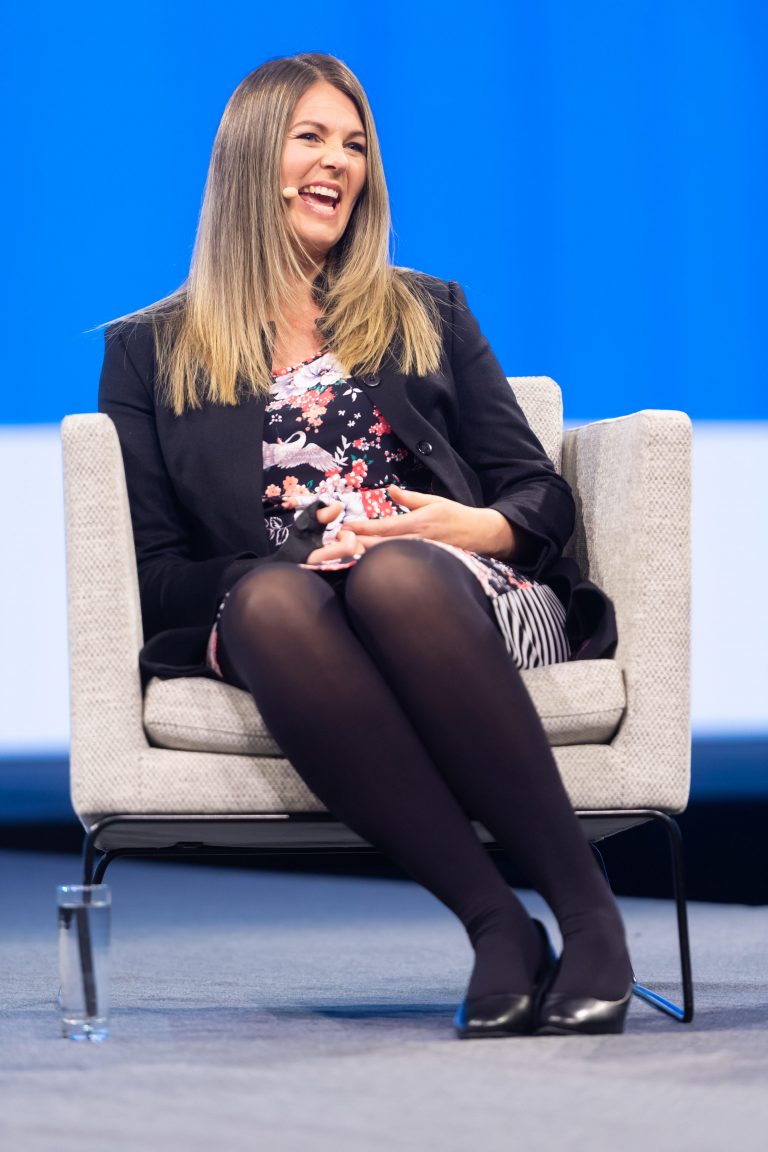The Importance of Collaboration in Healthcare
Towards collaboration in an evidence-based healthcare model

Today I was reading an article in the latest issue of the journal ‘Advances in Integrative Medicine’ about developments in integrative radiation oncology in Australia (1), where evidence-based Complementary and Alternative Medicine (CAM)* is used alongside traditional radiation cancer treatments. According to this article, there are eleven recognised radiotherapy centres in Australia providing CAM services, suggesting a growing acceptance of benefits from CAM as part of an Integrative Oncology model. This is not unique to Australia – there are numerous centres worldwide, including the well-respected Memorial Sloan Kettering Cancer Centre in America (2) and Kliniken Essen-Mitte in Germany (3) integrating CAM into oncology treatment plans.
However, there were some statistics given in the article that really got me thinking. According to Hunter et al (4) 46% of cancer patients in Australia use CAM during radiotherapy, but only 19% of patients disclose their CAM use to their oncologist. That means there are a large number of cancer radiation patients using CAM during active cancer treatment that – for whatever reason – they have not discussed with their specialist. This may be due to oncologists being hesitant to support the integration of CAM into cancer treatment, or that CAM is perceived by patients and professionals as an alternative, or even a compliment, to traditional medicine so not fully integrating the two practices together. It is likely that similar statistics exist for patients with other health conditions.
In the interest of patient safety, anyone receiving traditional medical treatment for any condition and also engaging in the use of CAM should be disclosing all pharmaceutical medicines, supplements, herbs, body treatments and diet protocols to all practitioners and physicians involved in their care. There is always the potential for harm associated with drug-herb interactions, and just because something is considered ‘natural’ does not mean it is safe or appropriate.
There is much research in the area of inter-disciplinary collaboration showing that patient outcomes are positively influenced when all professionals involved in patients care work together with the same goal of addressing the needs of the patient and providing the patient with the best care possible. A study conducted in Israel found that 69% of physicians and 77% of CAM practitioners who responded were interested in clinical practice collaboration, with the use of a medical letter the preferred mode of communication (5).
I personally believe CAM practitioners also have an important role to play in establishing communication between traditional and CAM practitioners in the interest of patient safety. For example, as a Nutritional Therapist, all clients seen in my clinic agree that I can make contact with their medical practitioner, permission for which must be given for their consultation with me to proceed. I request a full list of all medications and supplements being taken by each client, enabling me to check for nutrient depletions and drug-nutrient-herbal interactions to ensure the safety of my recommendations. It is standard practice for me to write to the client’s General Practitioner after a consultation, most often simply informing them that I have seen their patient, providing a brief overview of the intent of my recommendations and inviting them to contact me if they require further information. Sometimes I refer my clients back to their GP to request certain tests or prescriptions, with my requests (so far) always being considered. I also empower the client in this communication and collaboration, providing them with a copy of the communication for approval before sending.
![]()
Something for you to consider next time you see a physician or CAM practitioner – are you fully disclosing to all those involved in your care what treatments you are receiving? If you are unsure what information to provide or how to go about it, enlist the help of your healthcare professional. Ask your health care providers to communicate with each other. Your health outcomes are likely to be much better when you have a team of professionals all working together to support you!
*Examples of CAM include acupuncture, chiropractor, massage, yoga, reiki, meditation, homoeopathy, herbal medicine, dietary supplements, nutrition and diet.
References:
- Hunter D, Anderson N. At the crossroads: Integrative Radiation Oncology in Australia. Adv Integr Med [Internet]. Elsevier Ltd; 2017;5(1):3–4. Available from: https://doi.org/10.1016/j.aimed.2017.11.002
- Deng G. Integrative Cancer Care in a US Academic Cancer Centre: The Memorial Sloan–Kettering Experience. Curr Oncol [Internet]. 66 Martin St. Milton, ON, Canada L9T 2R2: Multimed Inc.; 2008 Aug;15(Suppl 2):s108.es68-s108.es71. Available from: http://www.ncbi.nlm.nih.gov/pmc/articles/PMC2528556/
- Dobos GJ, Voiss P, Schwidde I, Choi KE, Paul A, Kirschbaum B, et al. Integrative oncology for breast cancer patients: Introduction of an expert-based model. BMC Cancer. 2012;12.
- Hunter D, Oates R, Gawthrop J, Bishop M, Gill S. Complementary and alternative medicine use and disclosure amongst Australian radiotherapy patients. Support Care Cancer. 2014;22(6):1571–8.
- Ben-Arye E, Scharf M, Frenkel M. How Should Complementary Practitioners and Physicians Communicate? A Cross-Sectional Study from Israel. J Am Board Fam Med [Internet]. 2007;20(6):565–71. Available from: http://www.jabfm.org/cgi/doi/10.3122/jabfm.2007.06.070119








